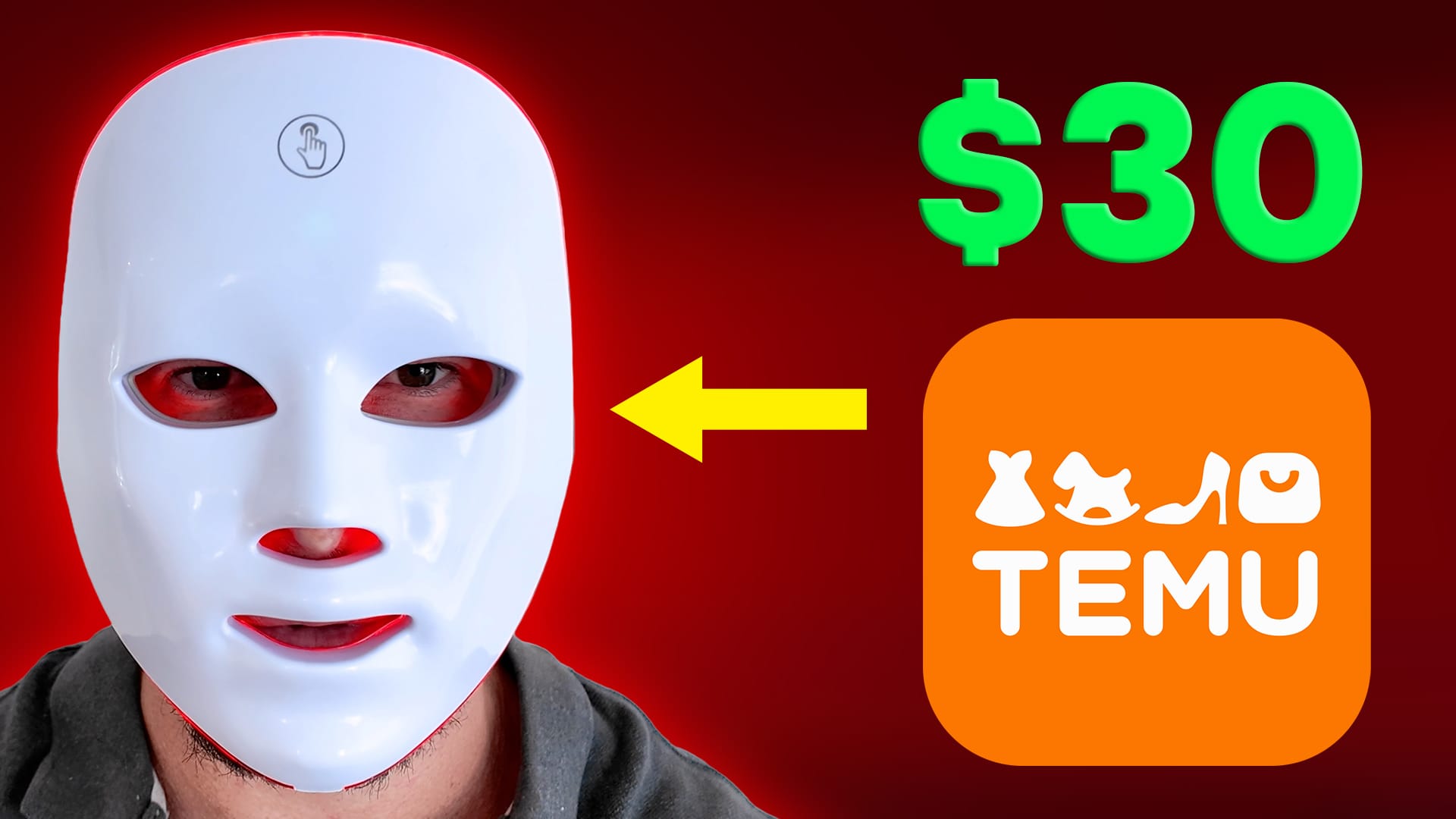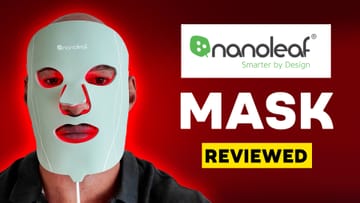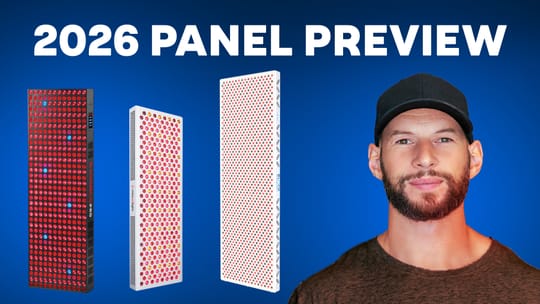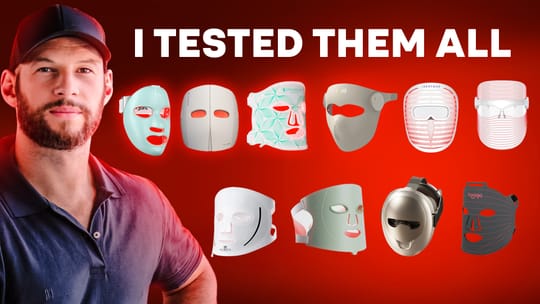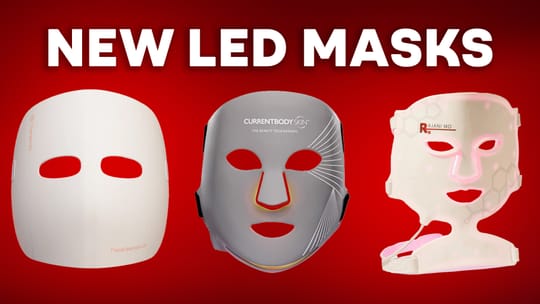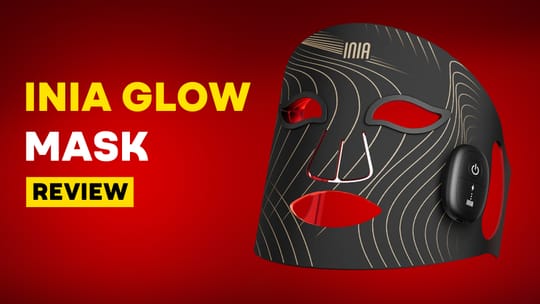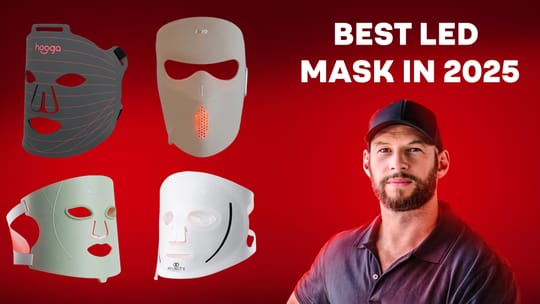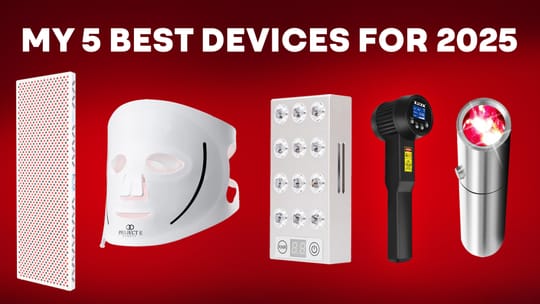This is the TEMU 7-in-1 Red Light Therapy Mask. It’s flashy, colorful, and priced so low that you might wonder if it’s even worth turning on. And while I could easily end this review with “it’s not very good,” there’s more to it than just a one-line dismissal — especially because so many people are curious about these ultra-budget masks.
In the spirit of transparency and to help you make informed decisions, I put the Temu mask through my 100-point, four-round testing system. It’s the same scientifically backed process I use to test all red light therapy masks, evaluating comfort and usability, therapeutic power, coverage quality, price, and peace of mind.
Want Help Choosing a Red Light Mask? I built my Red Light Mask Guide — an interactive tool that compares the top masks side by side.
Let’s get into it.
Comfort & Ease of Use
Fit and Feel (4/15)
I tested the Temu 7-in-1 mask across two 15-minute sessions. As always, I noted how it felt during the session — was it painful, did it stay in place, did I sweat, could I breathe or talk, and basically, was it pleasant to wear?
Unfortunately, this was a clear no.
The Temu mask is made of hard plastic that has almost no flexibility. It simply doesn’t mold to the face. The nose bridge is extremely narrow and shallow — unless you’re a toddler or a doll, it likely won’t fit your nose either. On me, it caused immediate pressure on the bridge of my nose, and I couldn’t even breathe through it. That’s not just uncomfortable — it’s a dealbreaker.
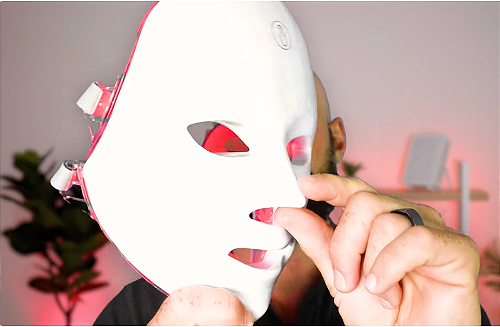
Because of the poor fit, the mask also fails to maintain complete skin contact where it matters. No snug seal, no flexibility, and no breathing room — literally.
Score: 4 out of 15
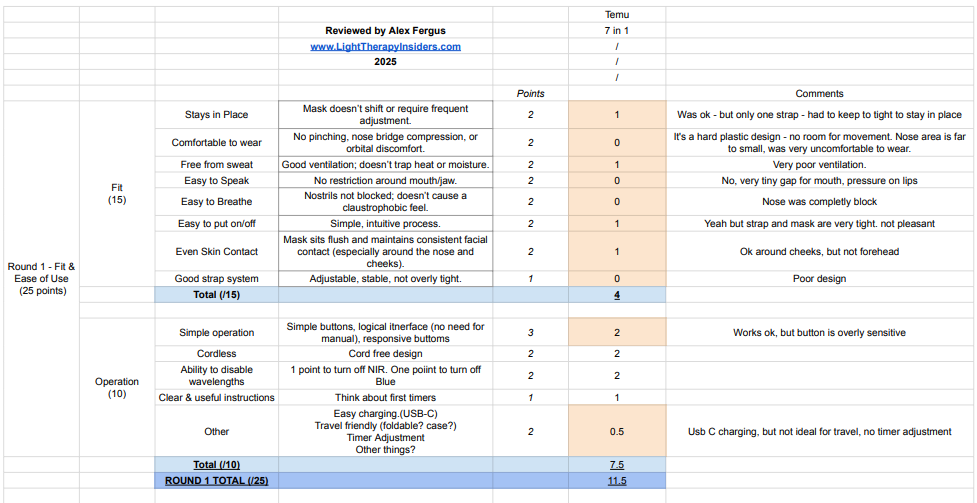
Operation (7.5/10)
The device features a single power button located on the top. Hold it for three seconds, and the mask turns on. Tapping that same button lets you cycle through the color modes. It’s a bit overly sensitive, but it works. It’s cordless, charges via USB (which is convenient), and the built-in battery adds to its convenience.
The manual is basic but adequate. However, there’s no way to adjust the session time or check how much time is left. Not ideal. And this isn’t travel-friendly — the plastic is fragile and I wouldn’t risk it in a suitcase.
Score: 7.5 out of 10
Round 1 Total: 11.5 out of 25
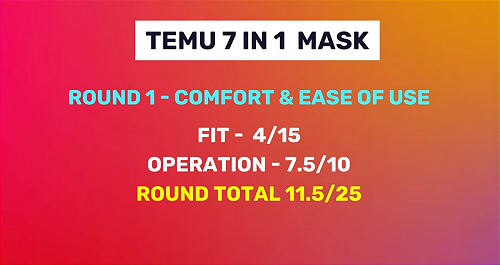
Therapeutic Power
Wavelengths (4/10)
This is where most budget masks unravel, and Temu is no exception. While it markets itself as a 7-in-1 device, it emits only three wavelengths — 636nm red, 460nm blue, and 510nm green. That’s it.
Red is excellent for skin — no complaints there. Blue light has some merit for treating acne and eczema, but it’s not ideal for maintaining general skin health or combating the signs of aging. Green, in this case, is mainly outside the clinical therapeutic window. The kicker? There’s no near-infrared at all.
And those other “colors” it claims to offer (like purple) are just blends of the three base wavelengths. The manual even claims it has 590nm amber — it doesn’t.
Score: 4 out of 10
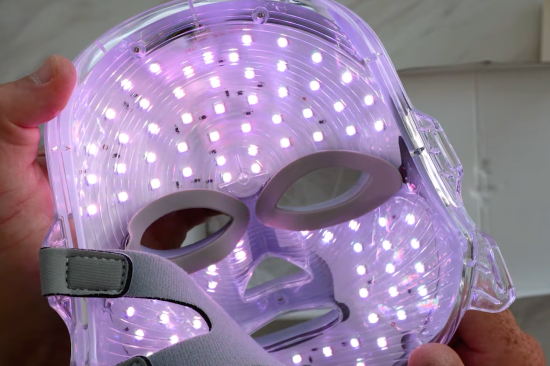
Power/Dose (0/15)
Here’s where things get ugly.
Using a spectrometer, I measured the irradiance and calculated the fluence delivered in a 15-minute session. The result? 0.6 joules/cm². That’s far below the clinical minimum threshold for effective treatment.
To put that into perspective: effective masks generally fall in the 5–9 joules/cm² range. This is less than 1. Translation? It’s delivering virtually no therapeutic benefit.
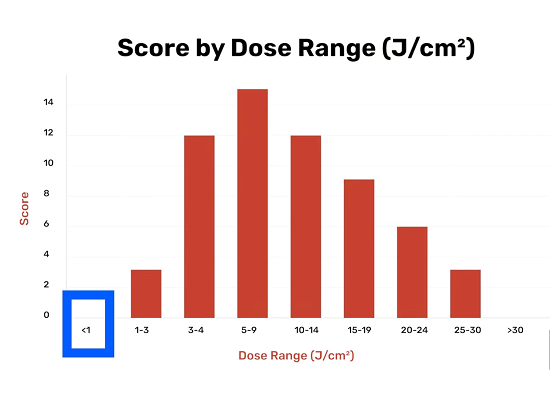
Score: 0 out of 15
Round 2 Total: 4 out of 25

Coverage
LED Count and Configuration (6/10)
The Temu mask utilizes 92 triple-chip LEDs, resulting in a total of 276 diodes — comprising red, blue, and green colors. On paper, that sounds impressive, but remember: only about one-third of those are red, which are the only ones contributing meaningfully to skin health.
While the LED count sounds solid, in practice, it doesn’t translate to improved performance.
Score: 6 out of 10
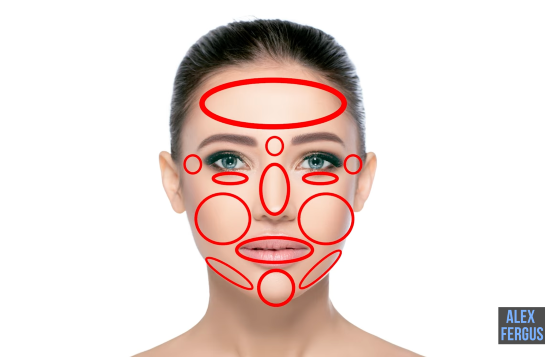
Coverage Zones (5/15)
Here I assess whether those LEDs hit the areas you want to treat. Using my 10-zone scoring system:
- Forehead: The mask covers the area, but the LEDs don’t reach the top.
- Temples: No coverage.
- Eyes: No side or crow’s feet coverage. Limited around the bridge and nostrils.
- Cheeks: Pretty solid LED presence and contact.
- Chin: A few LEDs.
- Jawline: Nothing.
It’s another disappointing showing. Some areas, like the cheeks, are decent, but others, such as the jawline and temples, are entirely neglected.
Score: 5 out of 15
Round 3 Total: 11 out of 25
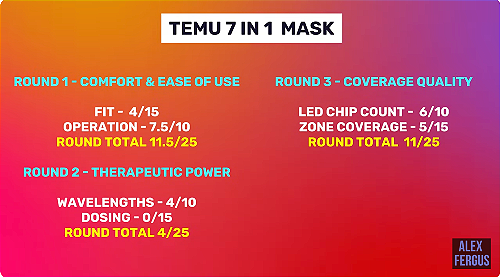
Price & Peace of Mind
Price (20/20)
The one place Temu shines: it’s dirt cheap. You can pick one up for $30 to $40. That’s not a typo. And if you’re spinning a discount wheel on Temu, it might even be cheaper.
For that reason alone, it gets full points on price. No other mask I’ve tested has been nearly as affordable.
Score: 20 out of 20

Peace of Mind (2.5/5)
Here’s where things get murkier. The warranty situation? None. But there is a 90-day return window with full refund — so you have some fallback.
As for brand trust, it’s hard to say. The product ships from Temu, which isn’t exactly a high-end skincare platform. You’re rolling the dice on customer service, support, and long-term quality.
Score: 2.5 out of 5
Round 4 Total: 22.5 out of 25
Total Score
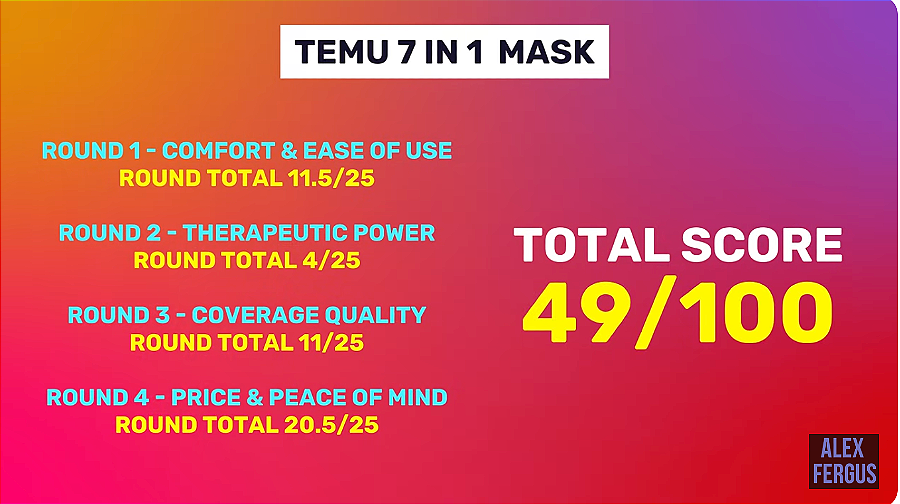
Will You See Benefits?
The short answer? No.
Let’s break it down. The TEMU 7-in-1 has:
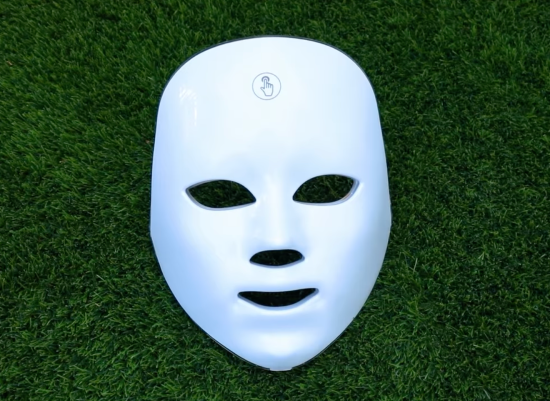
- A hard, uncomfortable shell that’s nearly unusable.
- Inferior power output — the light isn’t strong enough to deliver benefits.
- Limited coverage — missing key zones like temples and jawline.
- No near-infrared and misleading color claims.
Even with its one upside — a rock-bottom price — you’d be lucky to get any therapeutic effect at all. The power is just too low. And even if you could tolerate the discomfort, there’s no meaningful skin improvement to expect.
If you're tight on cash and just curious, you could try it, test it out, and return it within 90 days. However, even at $30, it feels like a waste of time.
Pros and Cons
Pros:
- Extremely cheap
- USB rechargeable and cordless
- 90-day return period
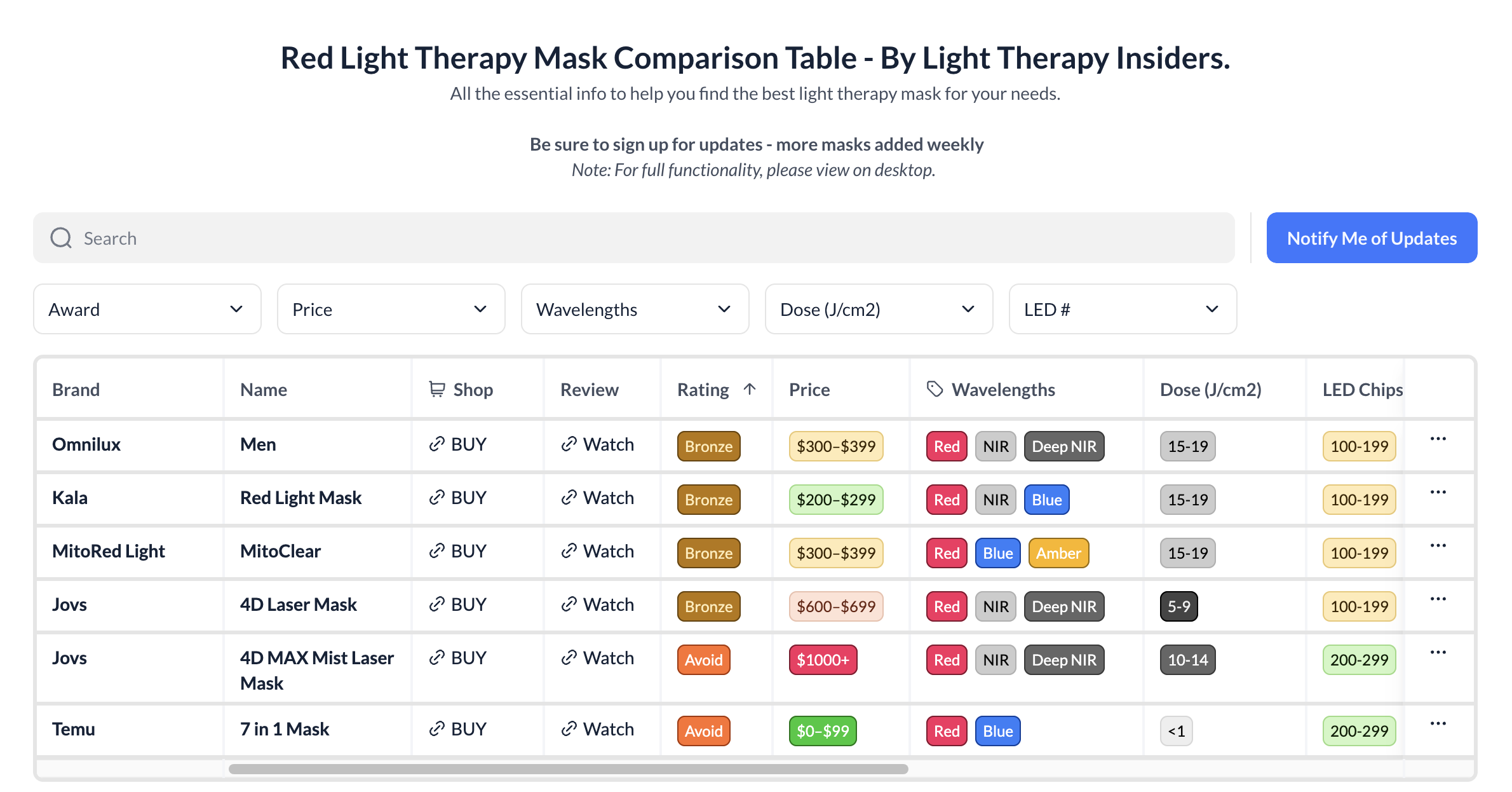
Cons:
- Painful and uncomfortable to wear
- No near-infrared
- Very low light output (almost no therapeutic benefit)
- Misleading wavelength claims
- Poor facial coverage in key treatment zones
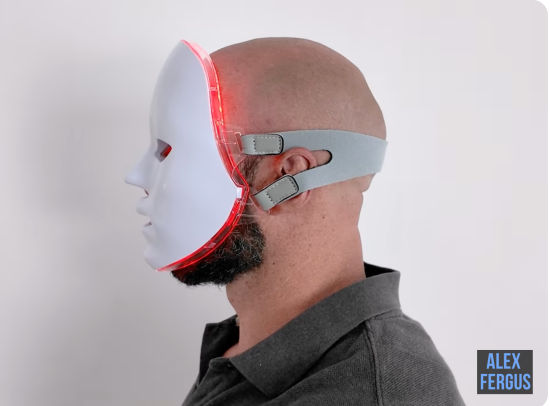
Better Options
If you’re serious about improving your skin and want actual results from red light therapy, I’d recommend skipping this mask entirely and looking at something that works.
For a budget-friendly upgrade, look at the Kala red light therapy mask. I’ve thoroughly tested it, and while it costs more (around $290 with a discount), it delivers legitimate therapeutic benefits, solid coverage, and effective wavelengths.
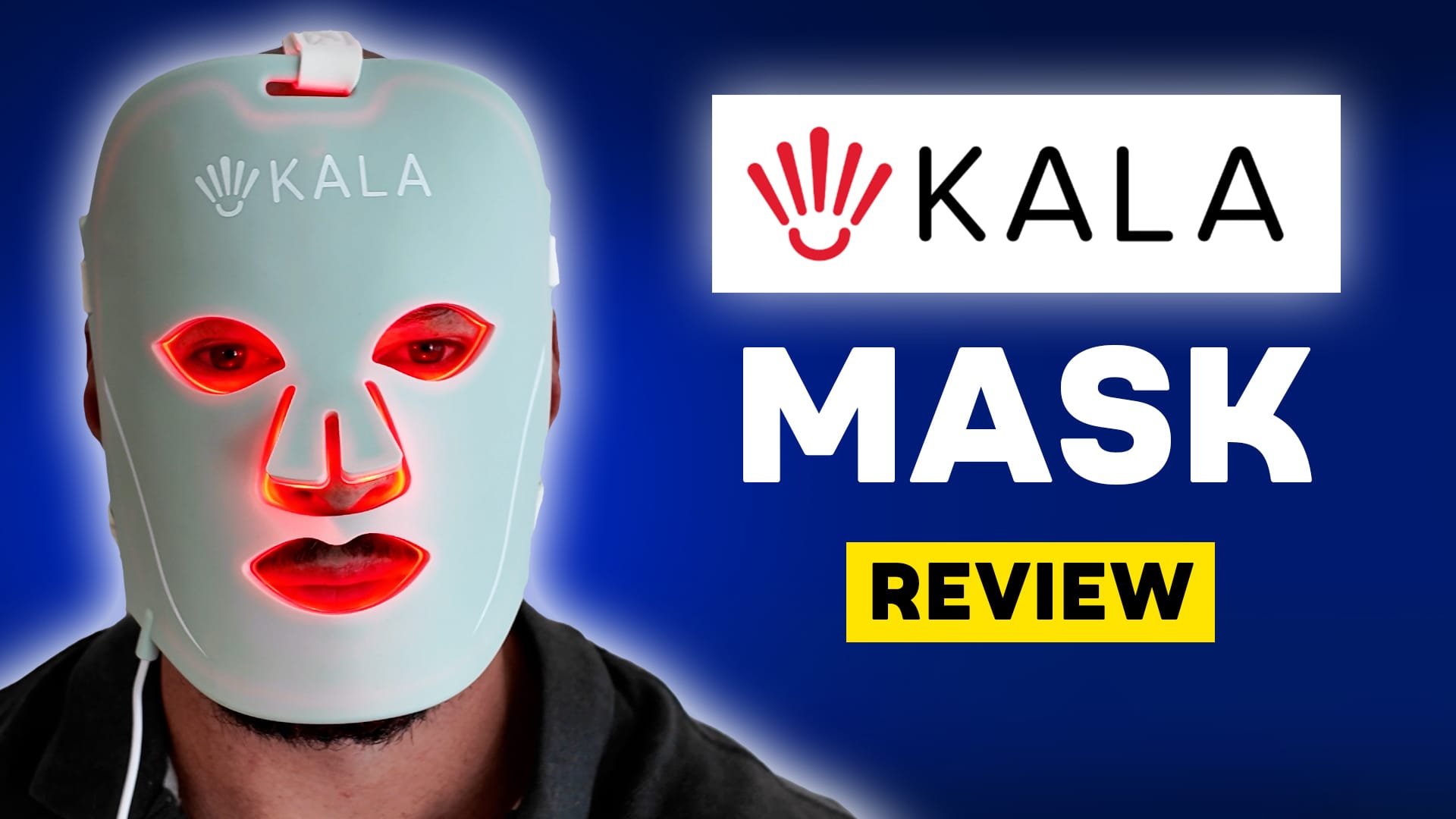
A high-end option is the Therabody mask. But at the very least, start with a device that delivers clinically effective power and wavelengths — because that’s what drives results.
And if you want to see how this mask compares with others I’ve tested, be sure to check out my Red Light Therapy Mask Showdown, where I rank 25+ masks by score and performance. (video coming soon!)
Items Mentioned In This Article:
⭐ Temu: https://aferg.co/temu-mask
⭐ Kala Red Light Face Mask, click link for 15% off (auto-applied): https://aferg.co/Kala
⭐ The Therabody mask: https://aferg.co/therabody
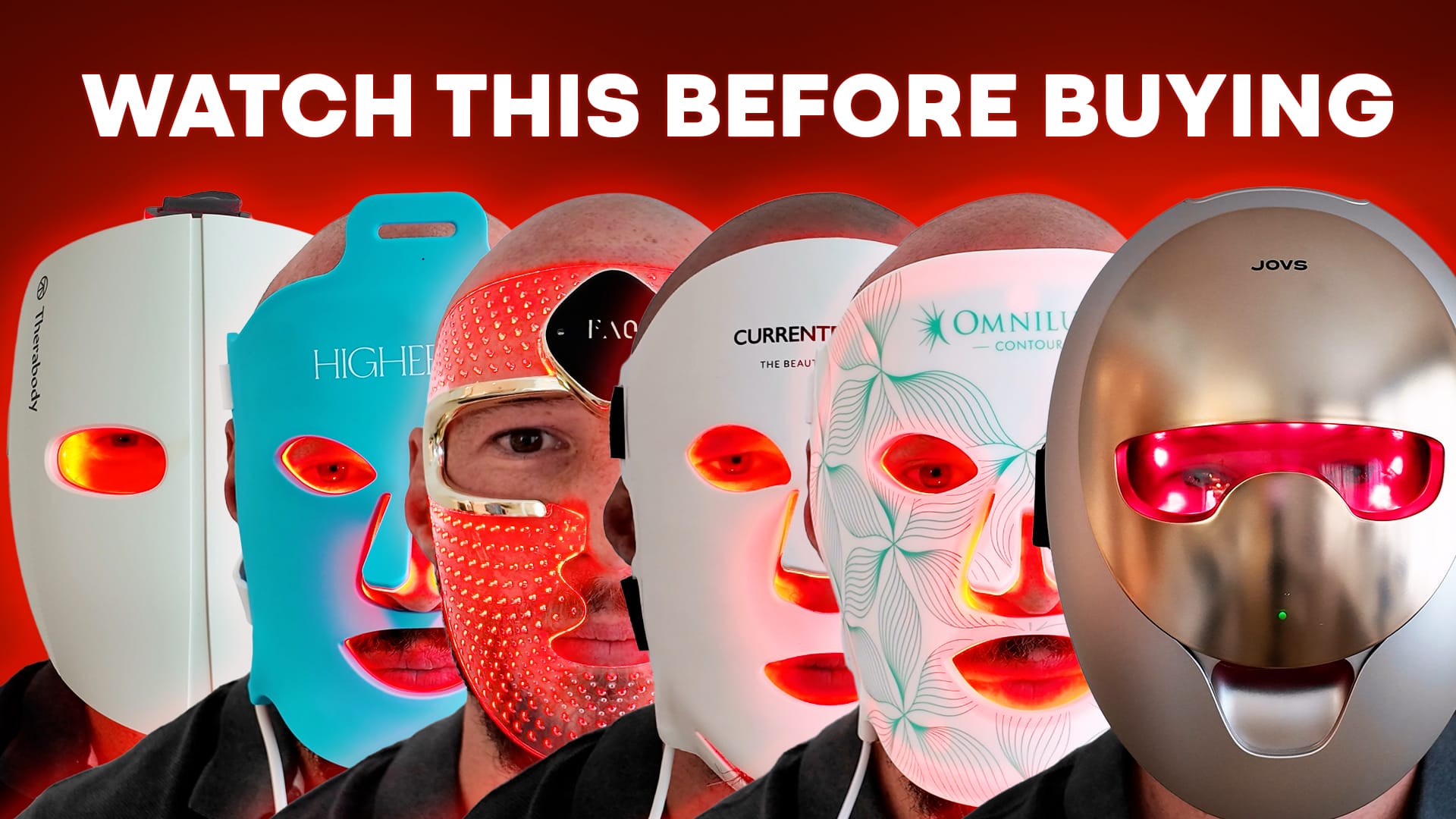
Found This Interesting? Look At These Articles:
⭐ Does Red Light Therapy Work For Eczema?
⭐ Red Light Therapy For Migraines 101: Why The Research Is Super Promising!
⭐ Red Light Therapy For Fibromyalgia: Incredible Pain Relief & Much More!
⭐ Combating Psoriasis With Red Light Therapy: Potential Game-Changer?
My Latest Reviews:
📰 Best Red Light Panel Yet? Block Blue Light Mega Review
📰 Red Light Mask Buyer's Guide - Avoid These Mistakes!
📰 Mito Red MitoClear Mask Review: Red Light But No NIR!?
📰 Kala Red Light Mask Review: Scientifically Tested
📰 JOVS Mist Laser Mask Review — $1299 & Still Flawed?
📰 Blue Light Ultimate XXL Review: Amazing Option But...
Alex's Bio
Alex Fergus wrote this blog post. Alex is an ISSN Sports Nutrition Specialist, Fitness Professional, and certified Superhuman Coach who continues to expand his knowledge base and help people worldwide with their health and wellness. Alex is recognized as the National Record Holder in Powerlifting and Indoor Rowing and has earned the title of the Australian National Natural Bodybuilding Champion. Having worked as a health coach and personal trainer for over a decade, Alex now researches all things health and wellness and shares his findings on this blog.

